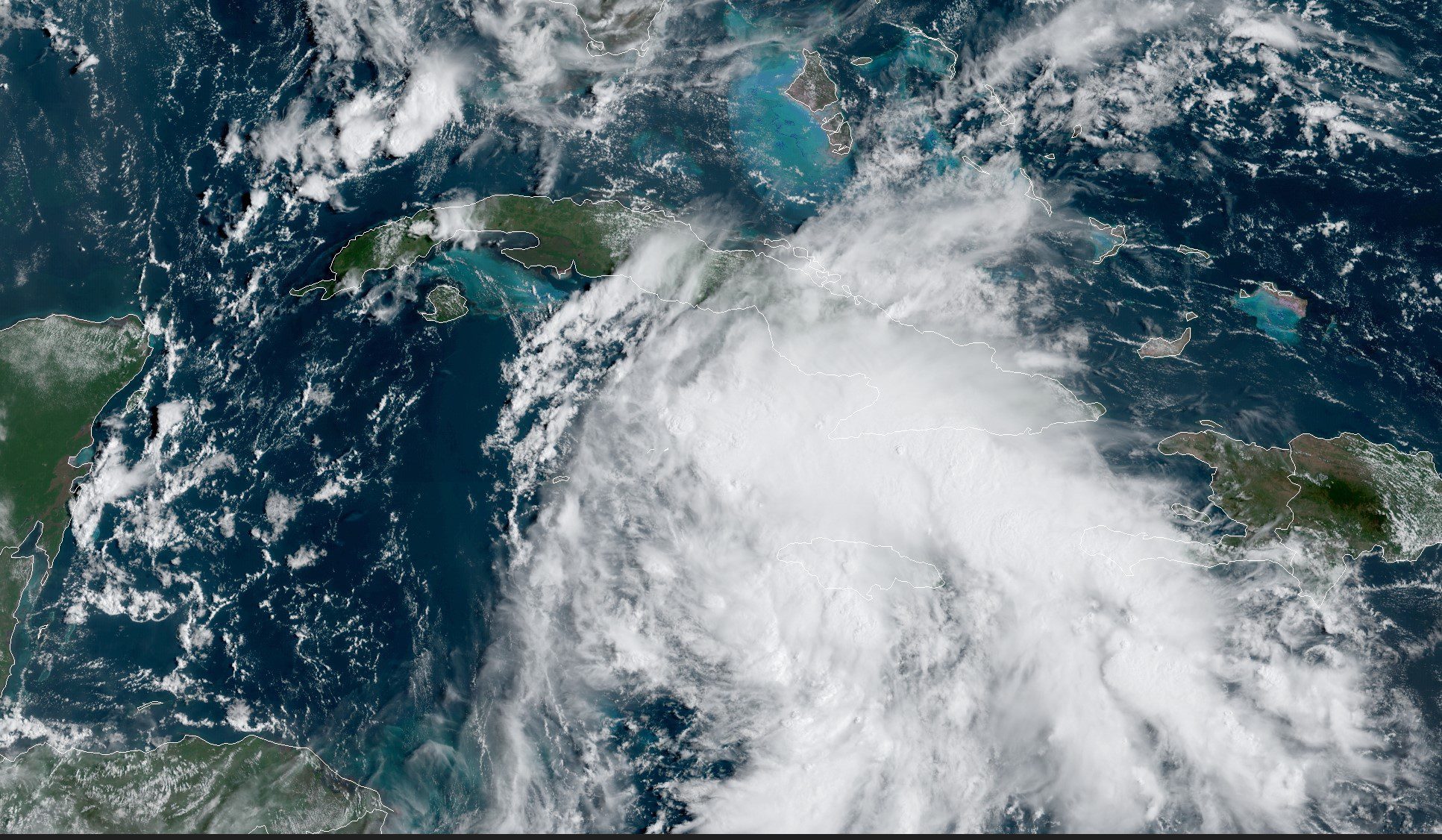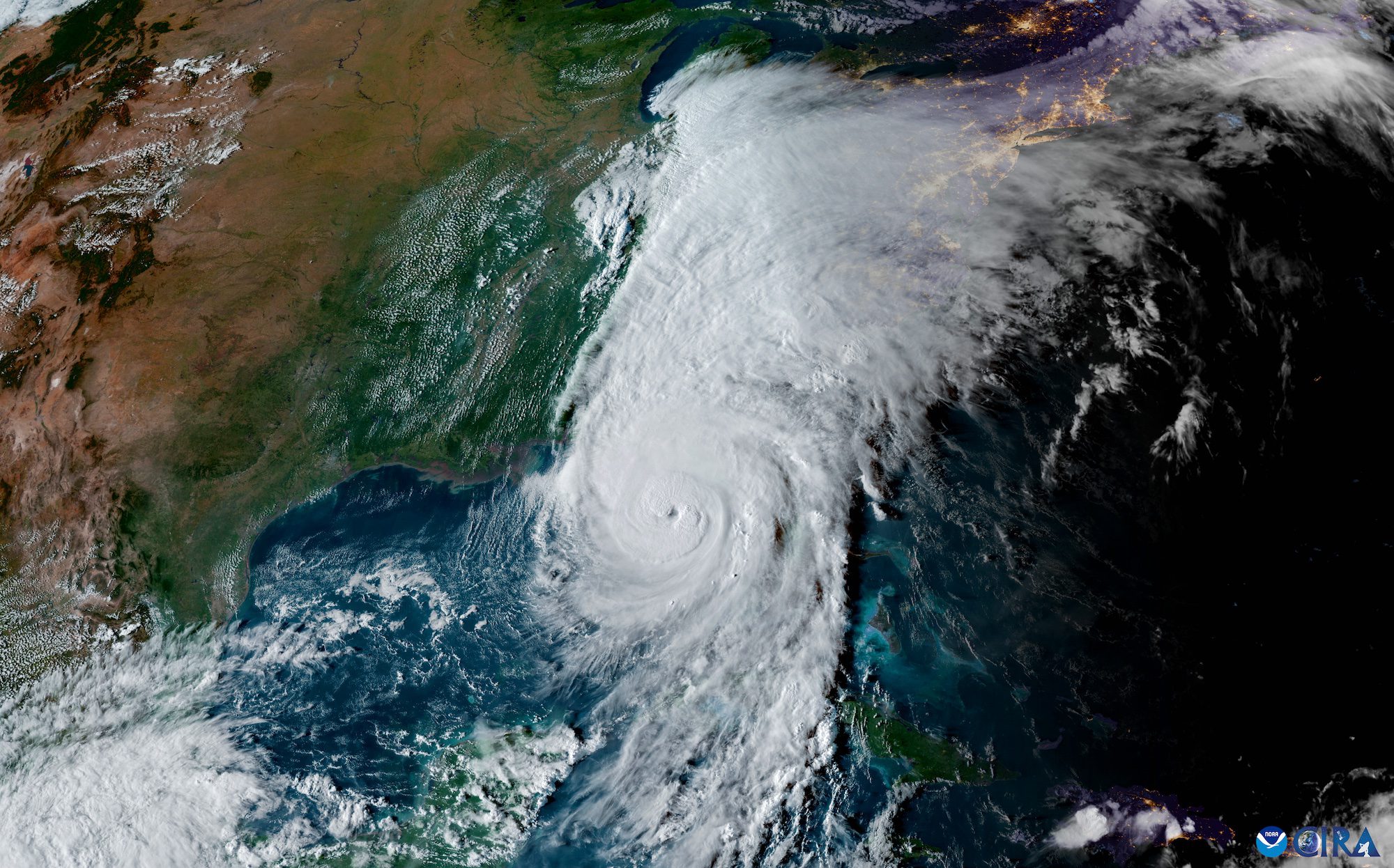Update: Air Force hurricane hunters find Tropical Depression Nine has strengthened into Tropical Storm Ida.
An area of low pressure currently sitting in the Caribbean Sea has gone from one to watch to one to possibly fear in less than a day.
An update from NWS National Hurricane Center today said Tropical Depression Nine could now approach the Gulf Coast at or near major hurricane intensity with 111 mph winds or greater on Sunday, although there is still some uncertainty.
An 11 a.m. EDT update said the center of Tropical Depression Nine was located over the west-central Caribbean Sea about 210 miles southeast of Grand Cayman and moving toward the northwest near 13 mph.
Steady strengthening is forecast during the next few days, and expectations are that it will become a tropical storm tonight and a hurricane when it is near western Cuba or over the southeastern Gulf of Mexico. Additional strengthening is likely over the Gulf of Mexico and the system could be near major hurricane strength when it approaches the northern Gulf coast. Heavy rain and storm surges are expected along with damaging winds.
When and if strengthening occurs, the storm will take on the name “Ida”.
On its forecast track, the system could roar through the heart of Central Gulf of Mexico’s energy producing region, likely to lead to impacts. A Bureau of Safety and Environmental Enforcement (BSEE) in March issued Safety Alert 415 which included several recommendations to offshore operators and contractors regarding approaching hurricanes in response to an incident last season involving the ultra-deepwater drillship Deepwater Asgard.
The Transocean rig sustained major damage on October 28, 2020, after failing to evacuate ahead of Hurricane Zeta during drilling operations in 5,594 feet of water, resulting in an estimated $5.7 million in damages.
Last year’s record-breaking Atlantic hurricane season dealt a serious blow to Gulf of Mexico energy production, with a record-breaking 30 named storms (you may recall going to the Greek alphabet named storms), of which 13 became hurricanes including six major hurricanes. This marked the most storms on record, surpassing the previous 2005 record of 28 named storms.
NOAA earlier this month issued its annual mid-season outlook which was upgraded to reflect the agency’s estimate of 15 to 21 named storms, including 7 to 10 hurricanes and 3 to 5 major hurricanes.
Check the NOAA NWS National Hurricane’s facebook page and website for the latest forecasts.

 Join The Club
Join The Club











